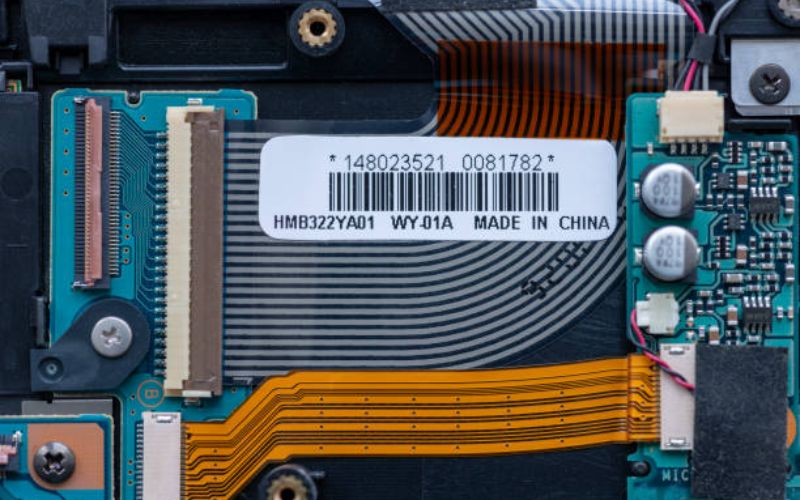Introduction
If you're a computer user, you probably know the importance of a CPU cooler. It manages the heat generated by your processor and helps to keep your system running smoothly. However, you might have wondered whether it's okay to run CPU without cooler. In this article, we will answer this question and provide you with ten things you need to know.
The Consequence of Running CPU without Cooler
If you run your CPU without a cooler, it will overheat. Overheating can cause severe damage to your processor and other components in your computer, potentially leading to system failure. As your CPU heats up, it can also impair your system's performance by impacting the execution of tasks that require a lot of processing power.
The Average Temperature of a CPU without Cooler
The average temperature of a CPU without a cooler can vary depending on the processor's model and specifications. However, in most cases, the temperature can easily exceed 80 degrees Celsius, which is well above the recommended safe operating temperature for most CPUs (typically around 60-70 degrees Celsius). Therefore, running your CPU without a cooler is not recommended.
Different Types of CPU Coolers
There are many types of CPU coolers, such as air coolers, liquid coolers, and heat sinks. Air coolers are the most common type and typically rely on a fan to cool the CPU. Liquid coolers are more complex and use a liquid coolant to dissipate heat, making them more efficient than air coolers. Heat sinks are another cooling option, and they use metal fins to conduct heat away from the CPU.
How to Install a CPU Cooler
Installing a CPU cooler can be a simple process, but it's essential to follow the instructions carefully. First, you need to remove the existing cooler and clean the CPU surface. Then, apply thermal paste to the processor and install the new cooler, making sure it's secured in place. Finally, connect the fan power cable to the motherboard and test your system to ensure everything is working correctly.
How to Choose the Right CPU Cooler
When choosing a CPU cooler, you need to consider your processor's socket type and your computer's case size. You should also think about the level of cooling you need and how much noise you're willing to tolerate. Additionally, you may want to look at the cooler's dimensions, its compatibility with your CPU, and its price point.
The Impact of Overclocking on CPU Temperature
Overclocking is a process that allows you to push your CPU beyond its recommended speed. However, it's important to note that overclocking can cause your CPU to generate more heat than usual, which can lead to overheating if not managed properly. That said, some advanced CPU coolers are designed to handle the extra heat generated by overclocking.
How to Monitor Your CPU Temperature
If you want to know how hot your CPU is running, you can use various monitoring software. Some popular options include Core Temp, HWMonitor, and Speccy, which allow you to monitor your processor's temperature in real-time. Keeping an eye on your CPU temperature can help you identify any potential issues and prevent system failure.
The Importance of Regular Maintenance
To keep your CPU running at its best, it's essential to perform regular maintenance. This includes cleaning your computer's internal components, checking your CPU's temperature, and replacing your CPU cooler and thermal paste periodically (often recommended every two to three years). Regular maintenance can help to reduce the risk of overheating and system failure and keep your computer running smoothly for longer.
Conclusion
In conclusion, running your CPU without cooler is not recommended. It can cause your computer to overheat, leading to severe damage to your processor and other components, as well as system failure. Therefore, it's essential to choose the right CPU cooler, install it correctly, and perform regular maintenance to keep your system running smoothly and efficiently.

